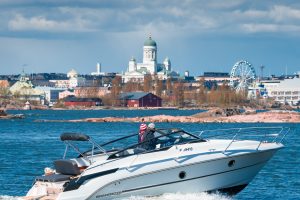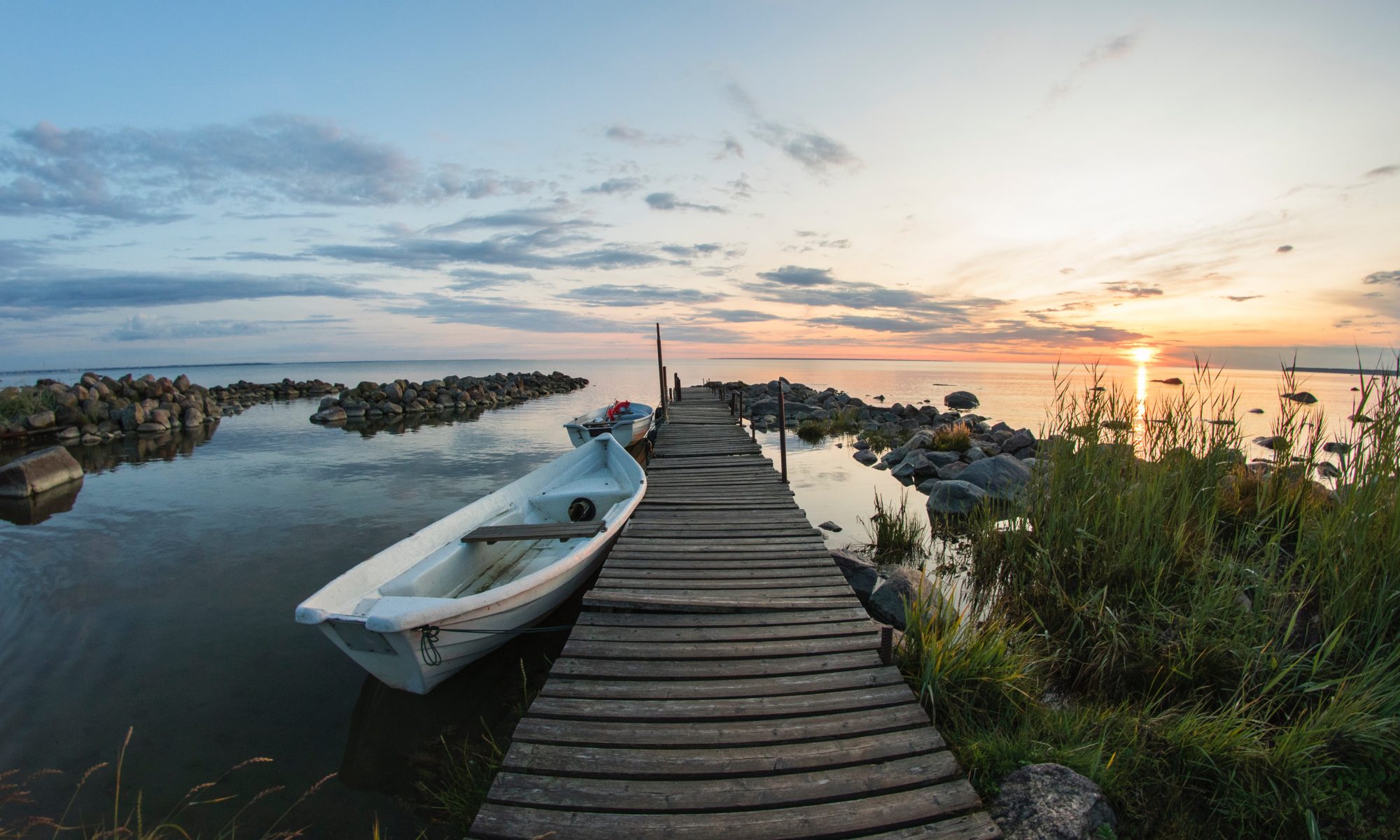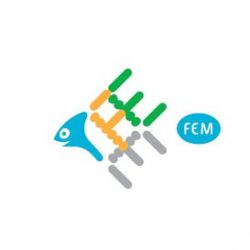By Lauri Ronkainen
Lauri works for the COMPLETE project https://balticcomplete.com/ , which aims to optimally manage and reduce the risk of invasive species introduced via shipping.
Join the latest COMPLETE event on Wednesday, December 11, 2019, at the Nessling Nest. More at:
https://www.facebook.com/events/423938471817030/

Boating season brings an impressive number of recreational vessels of all kinds to the inland lakes and coastal areas of the Baltic Sea. For example, 2018 brought almost 13 000 motorboats and 3 500 sailboats to Helsinki alone (www.traficom.fi). Although boating is a great way to spend your summer holidays, it poses a threat to ecosystems, as boats are sources of toxic substances and act as vectors for unintentional species introductions.
For a boater, organisms attached to their boat’s surface, a phenomenon known as biofouling, are a nuisance. These organisms create friction, thus decreasing the speed of the boat. You might have seen a good example of this in the news last May when solo sailor, Tapio Lehtinen, struggled with barnacles attached to his sailboat’s hull during this year’s Golden Globe Race. You can easily examine the biofouling phenomena yourself too: just immerse a piece of plastic, metal, or a wooden stick into the sea, and within a short time, it will be covered in slime. This problem has existed since the first boat set sail, and the first reports of methods to prevent biofouling (known as anti-fouling) followed their launch, dating back to 700 B.C. (see Yebra et al. 2004).
Nowadays, a common way to prevent biofouling is anti-fouling paints. The basic idea is that seawater reacts with a biocide-acting component in the painted layer, which leaches onto the hull’s surface, preventing organisms from attaching. Tin-based TBT-paints dominated the market for a long time and were the pinnacle of both effectiveness and toxicity. However, TBT was banned in EU 2008 and replaced by copper, after which came zinc-based paints, and other “biocide-free” solutions. In addition to the paints, various “booster” biocides are used to enhance anti-fouling the process. However, all of these solutions, the boosters and the paints, are also toxic to non-target organisms. Fortunately, there are exceptions. So-called “fouling release” coatings prevent organisms from attaching because they create a slippery surface, similar to Teflon pans. These have their own problems though. They are expensive and vulnerable to physical damage.
In the Baltic Sea, the anti-fouling paints have generally been found to be too effective (Bighiu et al. 2017). The leaching rate of copper is inversely related to salinity, meaning that the same paint leaches more copper in the Gulf of Finland than in the southern Baltic Proper. This leads to the conclusion that areas where boating activity is high and salinity is low, are more vulnerable to copper loading. Moreover, even during the high season, many boats are moored the majority of the time, leading to passive leaching and high concentrations of anti-fouling biocide in harbor areas. Fortunately, the concentration of the main toxic ion (Cu2+) is usually low due to reduction reactions in the water and their high affinity to organic material.
In addition to anti-fouling paints, non-indigenous species (NIS) are also on the list of the boater’s environmental woes. In the worst cases, NIS can have major ecological, environmental, and economic impacts. NIS with the most severe impacts are usually tolerant of varying temperature and salinity conditions and toxic substances, thus enabling them to effectively occupy new habitats when they are introduced. The number biofouling NIS taxa do not vary much between the Baltic Sea basins, but there are some differences in species found in each basin. Species diversity increases with increasing salinity: while there are seven NIS in the Baltic Proper and the Kattegat – Arkona Sea area’s commercial ports, this number increases to 42 in the saltier southern North Sea (http://www.corpi.ku.lt/databases/index.php/aquanis ). Many of the NIS in the Kattegat – Arkona Sea area originate from the North Sea. Thus, in the same way, recreational boats may continue to facilitate the spread of NIS within the Baltic Sea in the future.
So what can you do as a conscientious boater?
- Choose your anti-fouling paint according to the area you plan to travel and check that the paint you choose is on the list of permitted anti-fouling products (www.tukes.fi).
- Remember that if you applied a new layer of paint this year, it may be still effective next year. No need to reapply.
- If you are planning to travel in a very low salinity area, it is advisable not to apply paint at all, but instead, use mechanical cleaning methods (read more from https://www.pidasaaristosiistina.fi/in_english/environmental_information/).
- If you travel between basins, be aware of the biofouling NIS in the area and learn to recognize them. You can check the species present in Finland and report your observations at www.vieraslajit.fi.
- Be extra aware when moving through marine protected areas, they are especially vulnerable to external impacts, and releasing a NIS or increasing pollution load to the area may have severe consequences (see protected areas from maps.helcom.fi).
Otherwise, keep your eyes on the horizon and start preparing yourself for another magical summer on the water!
References
Bighiu, M. A., Eriksson-Wiklund, A. K., & Eklund, B. (2017). Biofouling of leisure boats as a source of metal pollution. Environmental Science and Pollution Research, 24(1), 997-1006.
Yebra, D. M., Kiil, S., & Dam-Johansen, K. (2004). Antifouling technology—past, present and future steps towards efficient and environmentally friendly antifouling coatings. Progress in organic coatings, 50(2), 75-104.

